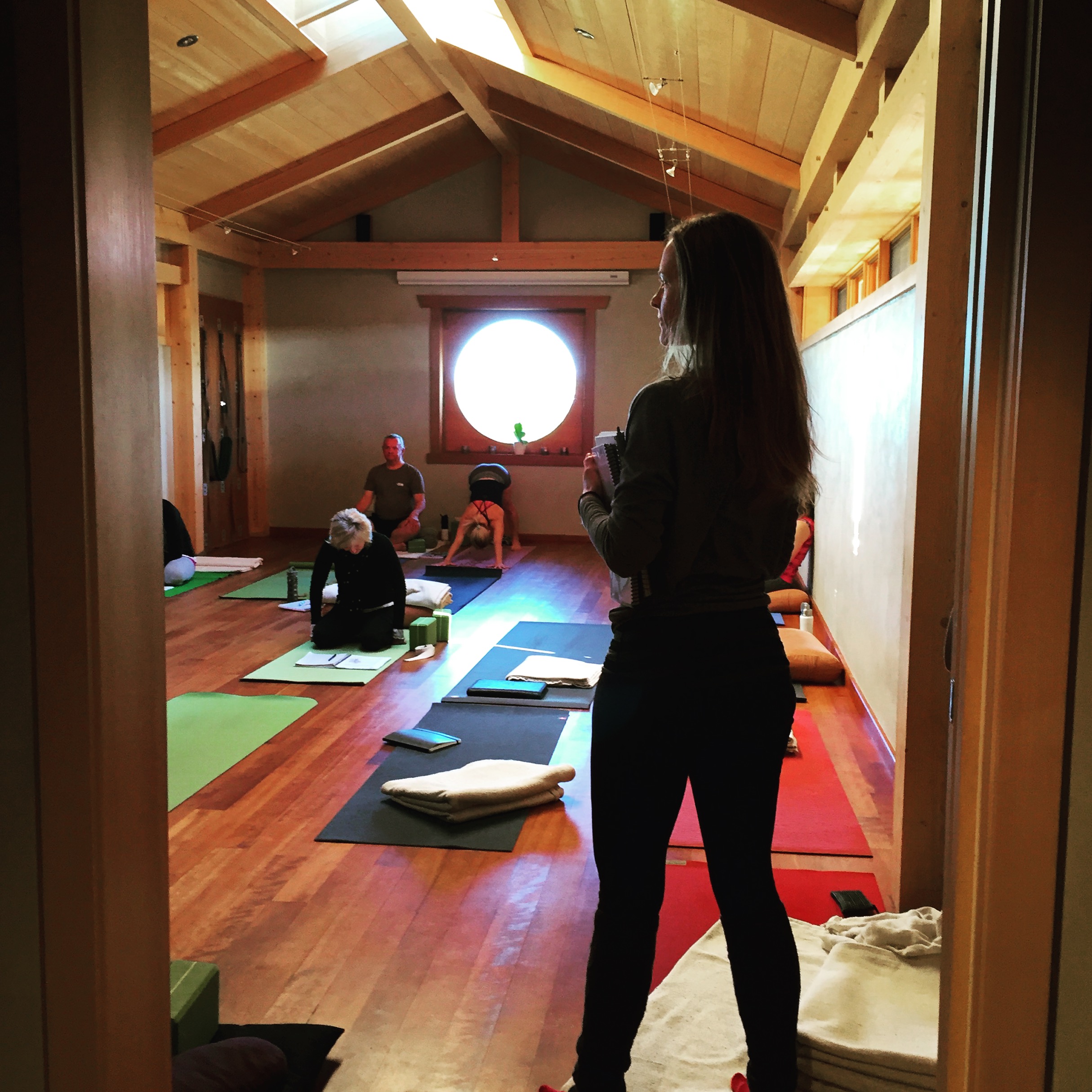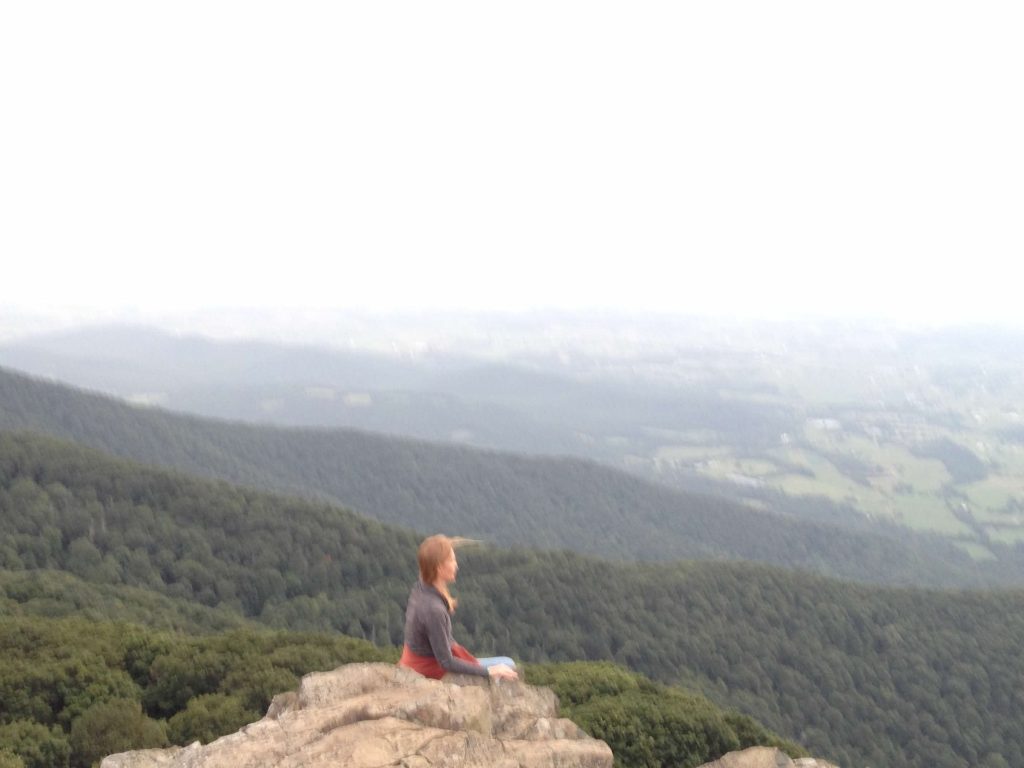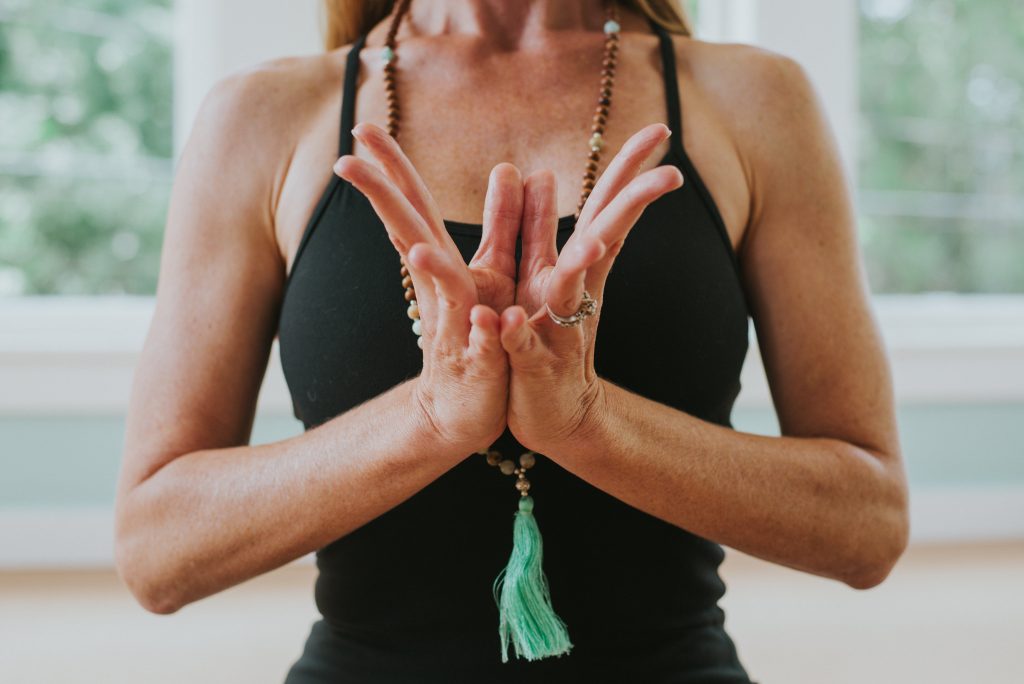
Oh, Aspirant, learn to practice until the last breath of your life. ~ Patanjali
Part One: Sadhana in the Form of Daily Habits
The word Sadhana in Sanskrit means spiritual exertion towards an intended goal or the means of accomplishing something. According to Vedic teachings, that something is to live in a state of Self-realization, and any discipline or practice undertaken for ego-transcendence, freedom from suffering, or spiritual liberation is the final goal of life. We all want to live a happy life, and the inherently difficult path of Sadhana is the way to live in the world yet remain above it. The Sages tell us that the resources available are immense, but that, as we are human beings, we are bound to stumble and make mistakes. Our True Nature, or the essence of who we truly are, lies beyond the ego, and it is this aspect that we seek to connect with and purify through Sadhana. A burning desire for purification of the smaller, limited self is needed, which allows us to understand that all of life is Sadhana.
It is worthwhile to consider first our daily habits and routines. The physical body needs to be attended to in a way that supports our spiritual intentions rather than creating discomfort and obstacles for us, and yoga philosophy suggests that we pay attention to a few basic things: sleep, food, breathing, and exercise. Going to sleep on time, waking up on time, and getting as much sleep as we really need may seem simple, but any parent of a teenager can explain what this principle looks like when it’s out of balance. Neither exhaustion nor inertia support the spiritual path. Nourishing the body with food that is sattvic (fresh and unprocessed), eating the right amount, at the right time, with the proper frame of mind—all are a must. Further, eating food that is prepared by someone who loves us or by us for ourselves or another is considered a practice in its own right. Pausing before a meal and saying grace of any sort is helpful. Breath awareness is much overlooked. Deep diaphragmatic breathing stabilizes the nervous system and is essential for clarity of mind. Next time you are upset, notice what happens to your breathing pattern. Implementing even the simplest pranayama practices can have huge benefits. Lastly, it is important to find an exercise and movement program that suits us. We don’t have to train like Olympic athletes. Hatha Yoga is particularly effective as it addresses strength, flexibility, endurance, and alignment. If we are gentle and honest with ourselves, we will discover where we need to make adjustments in our daily routines and why. Intentionally making an effort to improve these areas of our lives is the first step of Sadhana.
As we consider these basic aspects of self-care, let us turn our attention to the role of food, breathing, and exercise in cultivating balance and spiritual growth. These practices may seem small, but they form the very foundation of Sadhana. By paying attention to our habits and routines, we lay the groundwork for deeper spiritual transformation.
Building on the foundation of Sadhana through daily habits, we now turn to meditation—a key practice for refining the mind and deepening our connection to our true nature. Through consistent meditation, we transcend mental distractions and move closer to inner peace. Next, we’ll explore how selfless action can further support our spiritual growth.
Part Two: Sadhana in the Form of Meditation

Once we find relative ease in the physical body, we can turn our attention to the mind and the necessary practice of meditation. Vedic teachings tell us that the mind is the cause of both bondage and liberation. The undisciplined mind, distracted by the external world, binds us to suffering. However, a disciplined mind, focused through meditation, opens the door to liberation—freedom from the endless cycles of desire and distraction. The one-pointed mind gained through meditation, can withdraw from the external world, go beyond mental yammering, and experience the potential of its essential nature. It is through the sadhana of meditation that we learn to be the seer of our thoughts without getting involved in our thoughts, whatever they may be.
It is best to undertake Sadhana in the form of a daily meditation practice without expecting immediate results. Yoga philosophy teaches that sustained effort over time is what is important. Therefore, developing consistency by sitting at the same time and place each day can greatly enhance self-discipline and focus. To assist in developing this consistency, try to sit for meditation at the same time, in the same place, every day (before sunrise if possible). All that is necessary for posture is steadiness, allowing the head, neck, and spine to be in gentle straight alignment. After we have found stillness in the body, we observe the flow of the breath. At this point, we learn to focus internally and allow the breath to become smooth, deep, and uninterrupted. Beginners need not start with more than just a few minutes of meditation a day; practicing for long periods with discomfort is counter-productive.
While breath awareness is a common entry point, there are various other meditation techniques, such as Japa, that can deepen the practice and strengthen the mind. Japa, the silent recitation of a mantra with full concentration, is considered the most effective way to purify and nourish the mind. The word mantra in Sanskrit means “that which protects the mind.” The Sanskrit mantras use the technology of sacred sound to break down samskaras (old habitual thought patterns) and build new sattvic ones. Some mantras are simple, others more complex. Exact pronunciation is not required—purity of intent is. Find a mantra that suits you from a feeling standpoint and allow your mind to follow it as you practice your daily meditation. With persistent effort, we can get a glimpse of the peace of the realm beyond the mind. The Sages tell us to begin wherever we are; there is no chance that we will not progress.
By practicing meditation with patience and consistency, we gradually transcend the distractions of the mind, moving closer to experiencing the deep peace that lies within.
Building on the power of meditation to refine the mind and deepen our connection to our true nature, we now turn to selfless action as another essential form of Sadhana. Just as meditation helps us transcend the distractions of the mind, selfless action allows us to transcend the ego, offering a path to spiritual growth through service to others. Together, these practices create a balanced and holistic approach to living a life aligned with our highest purpose.
Part Three: Sadhana in the Form of Selfless Action
(Our dear Gwen was unable to complete this series of articles. Our final exploration of Sadhana is written by Jennifer French)

In our journey of Sadhana, we refine not only the body and mind but also our actions. Selfless action, or Karma Yoga, is a powerful form of Sadhana that brings spiritual growth by serving others without attachment to the outcome. It is the act of doing what is needed without expectation of reward, allowing us to transcend the ego and its desires.
When we engage in selfless action, we let go of personal gain and focus on the well-being of others. This could be as simple as helping a friend, volunteering, or performing small acts of kindness in daily life. Each act of selflessness, done with intention and purity of heart, becomes part of our Sadhana, creating space for deeper inner peace and spiritual liberation. In this way, selfless action is not separate from meditation or other practices; it is an extension of the same intention to purify the mind and live in alignment with our highest truth.
Through selfless action, we find that service to others enriches our Sadhana, connecting us to the world around us and to the peace that lies within.
Sadhana in the Form of Wholeness
By integrating selfless action, meditation, and mindful daily habits, we create a holistic approach to our Sadhana that nurtures the body, mind, and spirit. Each practice supports the others, helping us move closer to a life of peace, purpose, and fulfillment. Through consistent effort in all aspects of our lives, we deepen our connection to our true nature and experience the transforming power of Sadhana.
